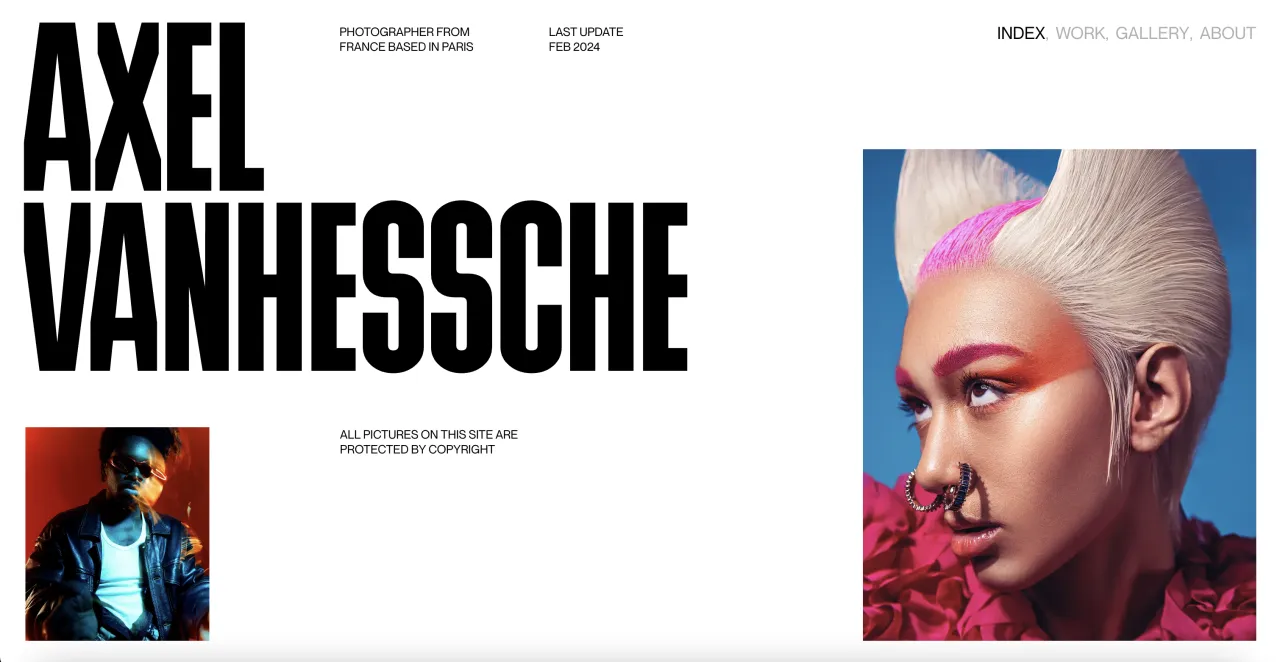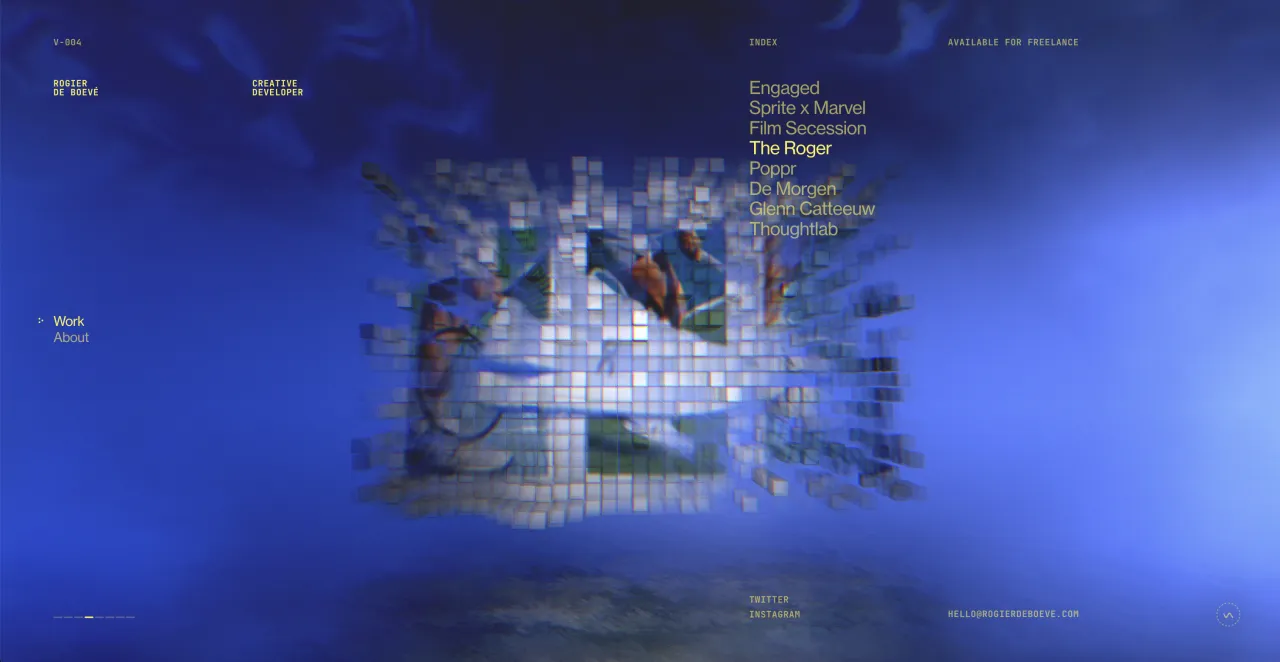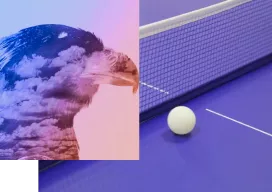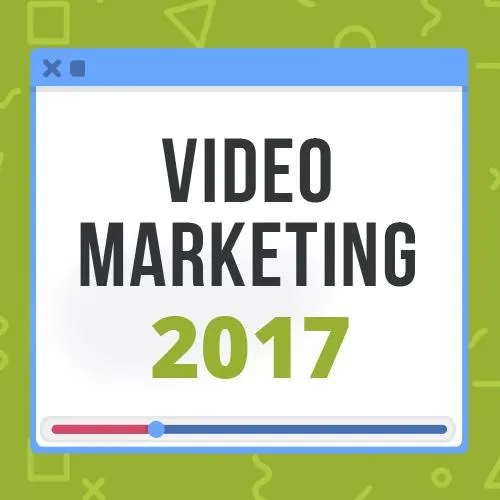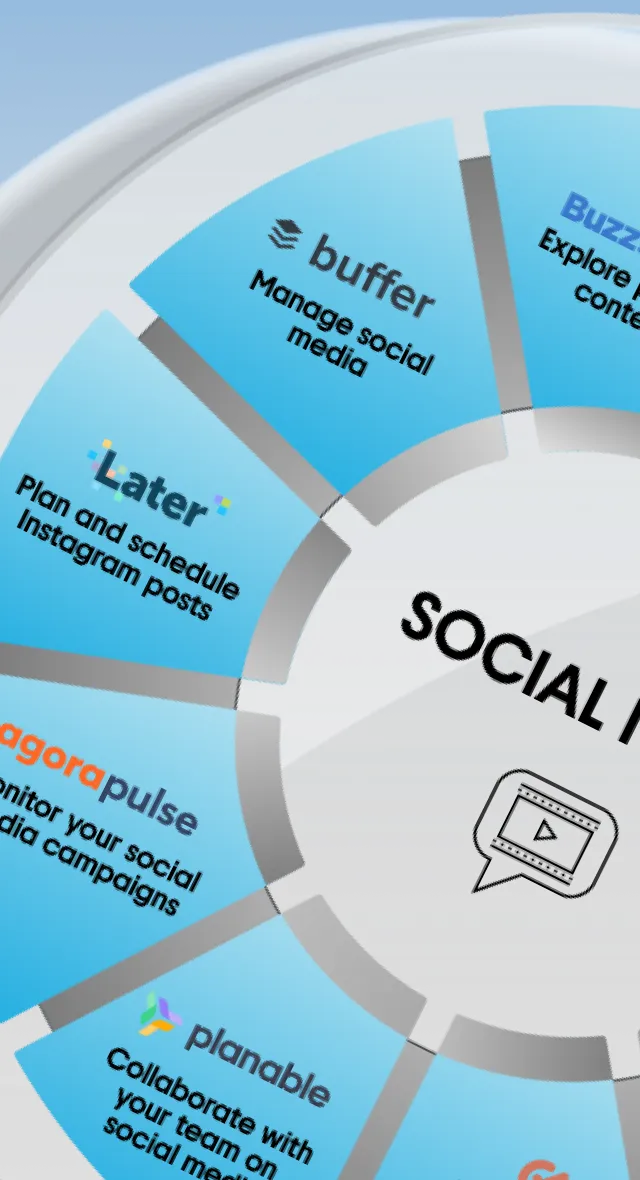How to Make an Effective Video-Powered Sales Funnel
You’ve probably heard it before, but it stands for a reason: video is the present and future of marketing.
Video allows brands to show their products and services in a way that plain text or pictures just can’t. And audiences crave video content; it’s the most engaging format of every digital platform we use, from Instagram stories and TikToks to streaming services like Netflix and Hulu.
But for your content to really click with your audience, it takes more than working with the best video production teams out there. Effectiveness is all about segmentation and timing!
Since videos are some of the most versatile types of content you can implement on your marketing strategy, you can match them to your targets’ progression in their buying cycle to great effect.
In this piece, we break some of the most effective types of marketing videos into the stage of the buyers’ journey where they work best, tell you why, and give some examples to boot!
So, let’s start!
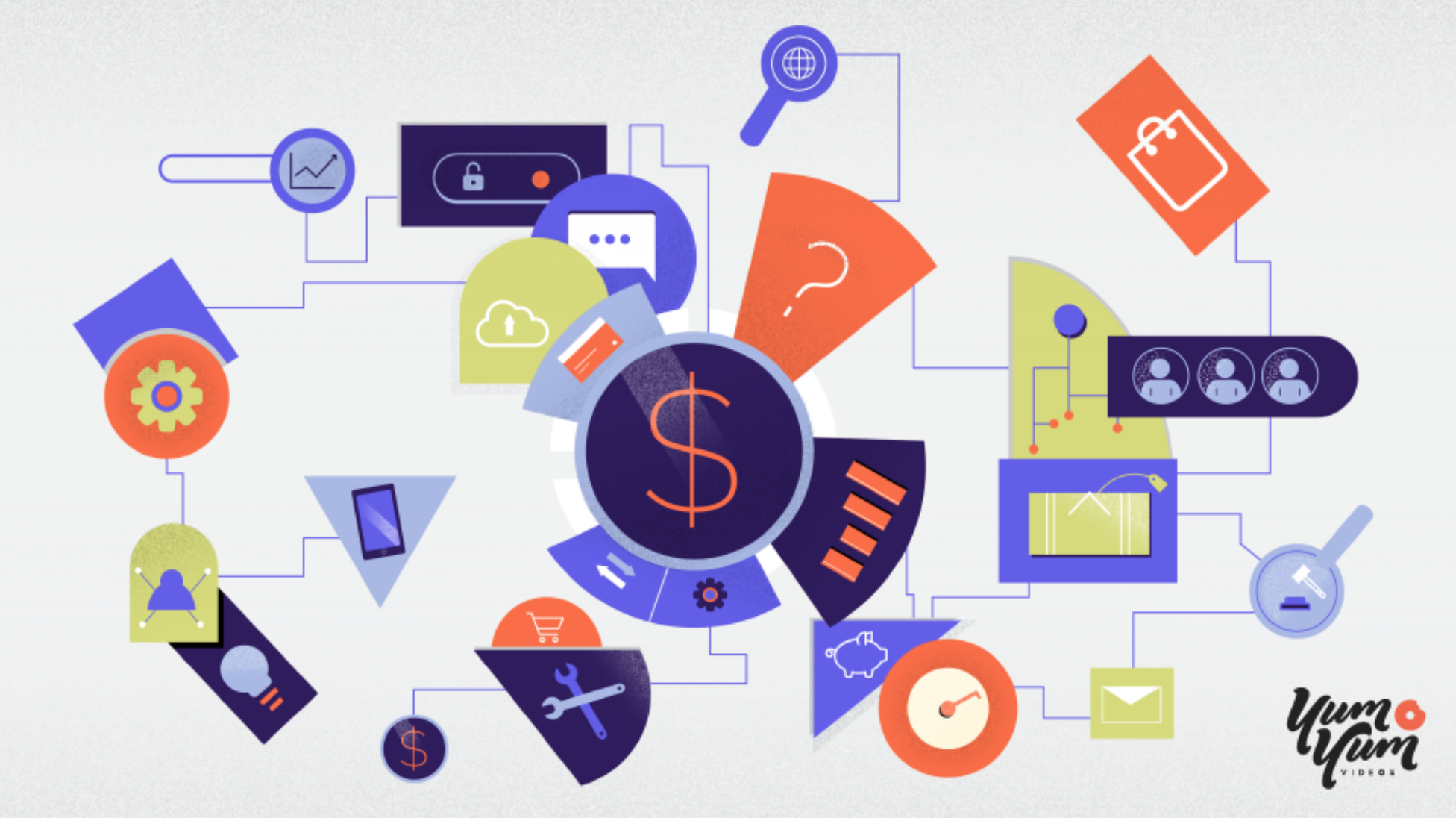
Awareness Stage: Time to Get Educational!
Right at the beginning of the sales funnel, audiences have yet to know about your brand and the products or services you offer. Your goal at this stage is to generate content that attracts new potential customers.
The type of video content you’ll want to produce for people who’ve never heard about your brand should be informative and educational. How-tos and tutorials are great at showing audiences how you can provide a real solution to a specific problem they’re having.
Audiences looking for an easy-to-follow video tutorial on a subject of their interest will bump into your video and get to know about your product “as a matter of chance.” Plus, educational content can make your brand stand out as an industry expert, a company that knows its business like no other.
Callaway Golf is a golf club brand that also makes brilliant and helpful video tutorials. The example below is a short video with pro tips on how to improve your game.
Notice that this type of content isn’t trying to land a sales pitch, but rather to inform, help answer questions and solve problems. Even if it goes against your sales logic, try to avoid unnecessary branding or obvious sale tactics.
Consideration Stage: Communicating Benefits and Features
According to a survey conducted by Demand Gen Report, 47% of B2B shoppers watch from three to five pieces of content before reaching out to a sales rep.
This is what we call the consideration stage, in which your video marketing strategy should aim to lead your buyer’s shortlist of options. And there are no better pieces of content to highlight the benefits and features of your service than explainer and product videos.
Explainer videos are short animated pieces that introduce a problem (your audience’s pain points), show the solution (your product or service), and explain how it solves it (your benefits).
The example below is an explainer from ChatKit, a chat marketing platform. Pay special attention to how they structured their video: they don’t show the company logo until the 50-second mark!
First, they contextualize their solution so that once they get to their product and its benefits, you’ve understood why it’s the best viable option out there. By taking advantage of the brand awareness you created in the previous stage, now you can differentiate your brand from its competitors.
As for product videos, they are simple and direct pieces that enlist your product’s main features and show how it’s designed for a specific purpose. Since they function as a sort of product demo, they work great for e-commerce and are a crucial part of every online shopping store.
Decision Stage: Just One More Little Push!
Lastly, we get to the final stretch of the purchasing process: the decision stage. Sometimes, delivering awesome CTAs during the awareness and consideration just isn’t enough, and indecisive shoppers may look for testimonials and FAQ videos for that final extra push they need before making the purchase.
Customer testimonials are a very convincing way of promoting your product or service by interviewing the customers you’ve helped along the way. People trust people, as simple as that, and a good and honest review can go a long way!
Apple created a “Real Stories” video series to show their client’s testimonials on how their life was improved thanks to their products. The example below is a short but very emotional piece that collages various stories about how the Apple Watch can be used to save lives.
https://youtu.be/0tqB4jnCxqA
Some other customers are just one question away from buying your product or service. This is why FAQ videos can be decisive at this stage and are far more engaging than a FAQ page. Make sure you use all the available information you’ve gathered from interactions with your customers (if you’re using chatbots and live chats they can become very useful!). Focus on questions related to last-minute doubts that might be holding your customers back from a purchase.
To create retention-driven video content that keeps customers engaged, informed, and excited, you can use tools like Content Beta, which helps users produce Onboarding Videos and Product Education Videos. These are among the most impactful types of videos you can make at this stage.
Parting Thoughts
There you have it! The three main stages of the buyer’s journey and the best types of video content that go with them.
But keep in mind: the journey isn’t necessarily over once you’ve landed your sale!
These types of videos can do wonders for your client base, helping you build a lasting and trustful relationship with them.
